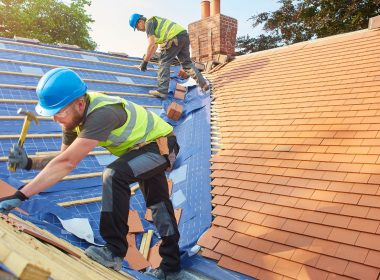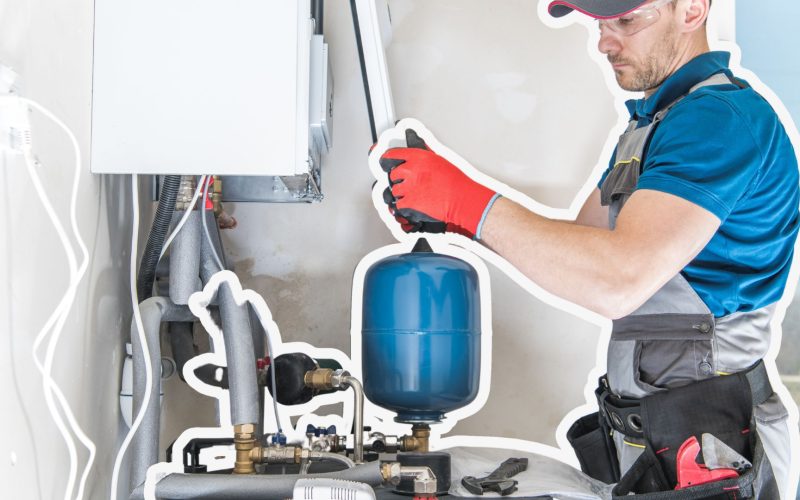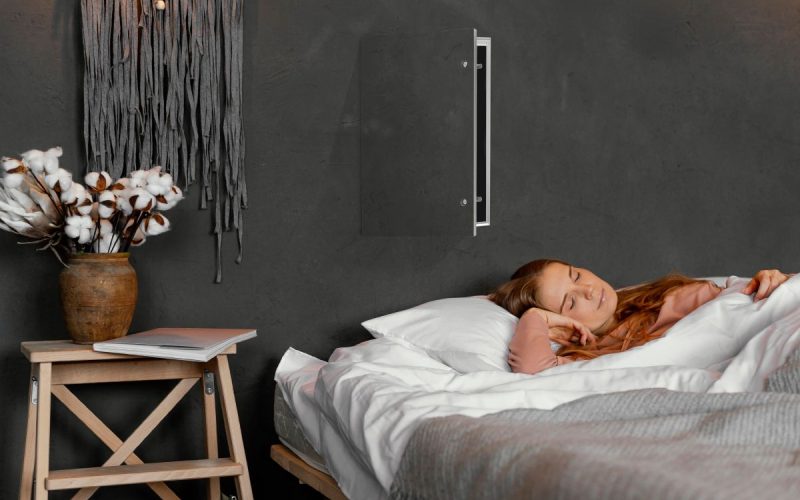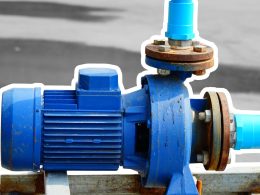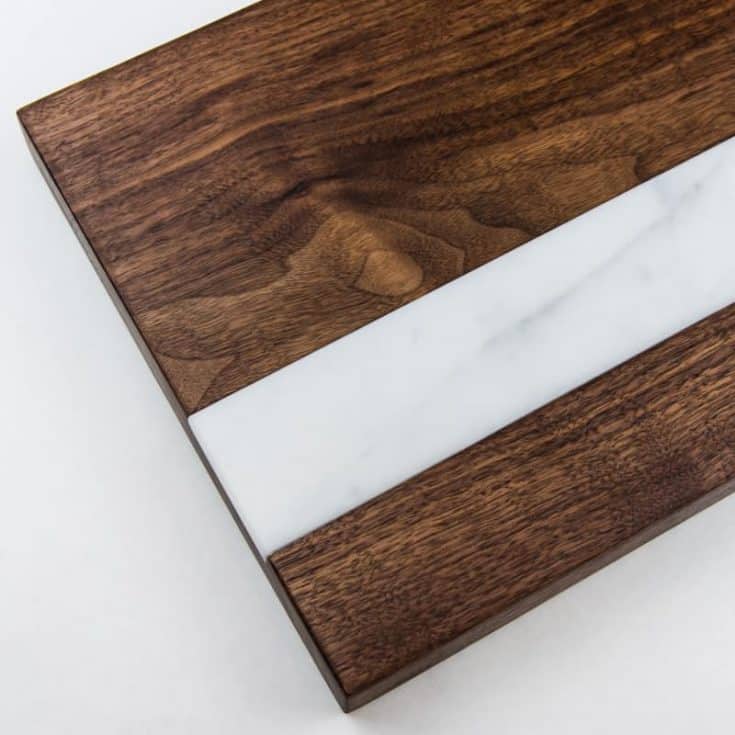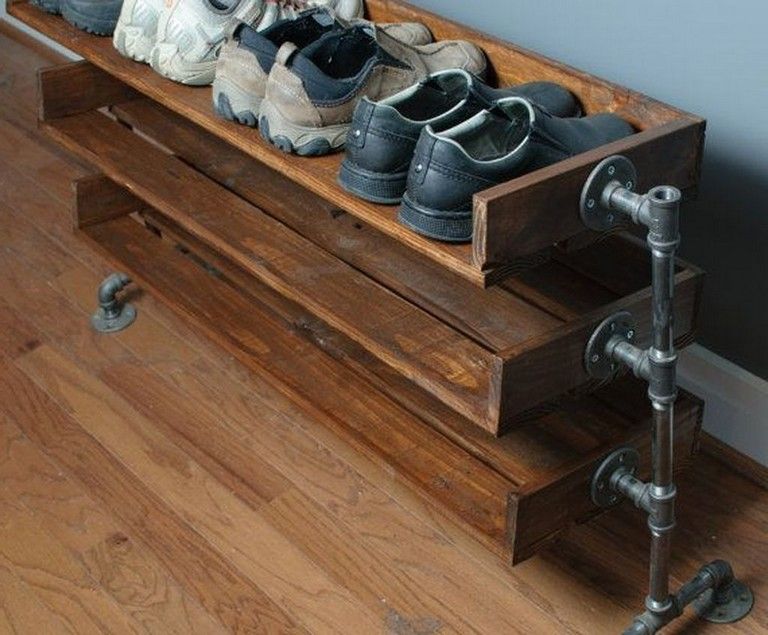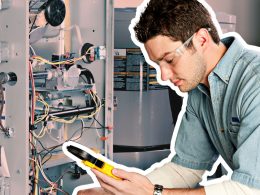Is your furnace turning on and off more than usual? You’re not alone. Many homeowners worry about their furnace’s cycling patterns, especially during cold winter.
This common concern can leave you wondering if your heating system works properly. I’m here to help clear up the confusion about furnace cycling.
In this post, I’ll explain how often your furnace should cycle, what’s normal, and when you might need to call a professional.
By the end, you’ll better understand your heating system and know when to be concerned about its performance.
Let’s explore furnace cycling and keep your home cozy all winter long.
How Often Should a Furnace Cycle?

You might be wondering what’s normal when it comes to furnace cycling. Let’s break it down:
Generally, a furnace should cycle 3 to 8 times per hour, and each cycle typically lasts about 10 to 15 minutes. But remember, these numbers can vary based on factors like your home’s insulation and the outside temperature.
How your home feels is more important than the exact number of cycles. If your house stays at a steady, comfortable temperature, your furnace is likely cycling as it should.
But if you notice your furnace turning on and off every few minutes, that’s not normal. This rapid cycling, often called short cycling, can wear out your furnace faster and use more energy. It’s a sign that something’s wrong; you might need to check it out.
On the flip side, if your furnace seems to run non-stop without cycling off, that’s not ideal either. It could mean your furnace is struggling to reach the set temperature, which might indicate it’s too small for your space or there’s another issue at play.
The key is to pay attention to your furnace’s patterns. If you notice a sudden change in how often it cycles or if your home isn’t staying comfortable, it might be time to take a closer look or call a pro.
Remember, every home is different, and what’s normal for one furnace might not be for another.
Main Factors Influencing Furnace Cycling Frequency
Your furnace’s cycling habits aren’t random. Several key factors affect how often it turns on and off. Let’s look at the main ones:
1. Home Insulation
Good insulation is like a warm blanket for your house. In well-insulated homes, heat stays inside longer, so your furnace doesn’t need to work as hard or cycle as often.
On the flip side, if your home isn’t well-insulated, heat escapes faster, and your furnace has to cycle more often to keep up with the heat loss.
2. Furnace Size
Size matters when it comes to furnaces. A correctly sized furnace will heat your home just right. But what if it’s not the right size? An oversized furnace heats too quickly and shuts off before warming your whole house, leading to frequent on-off cycles.
An undersized furnace, however, struggles to heat your home. It runs longer and more often, trying to reach the set temperature.
3. Outdoor Temperature
When it’s freezing outside, your furnace works harder. Colder weather typically means more frequent cycling.
Your furnace turns on more often to combat the cold air seeping in and maintain a cozy indoor temperature.
4. Furnace Age
As furnaces get older, they may cycle more frequently. Wear and tear over time can make them less efficient. An aging furnace might need to turn on more often to keep your home warm.
If you notice your older furnace cycling more than usual, it could be a sign that it’s time for a check-up or replacement.
Common Reasons for Abnormal Furnace Cycling
Sometimes, your furnace might cycle more often than it should. Let’s look at some common reasons why this happens:
1. Wrong Size Furnace
Bigger isn’t always better when it comes to furnaces. An oversized system can cause problems. It heats your home too quickly, then shuts off before the warm air is well-distributed.
This leads to frequent on-off cycles, which can wear out your furnace faster and leave some rooms colder than others.
2. Overheating
Your furnace can get too hot, just like you can! This often happens due to restricted airflow. Blocked ducts or clogged filters can trap heat inside the furnace.
When it gets too hot, it shuts off as a safety measure. Once it cools down, it starts up again. This cycle repeats, causing frequent starts and stops.
3. Thermostat Issues
Your thermostat is like the brain of your heating system. If it’s not working right, your furnace won’t either. A malfunctioning thermostat might send wrong signals, telling your furnace to turn on and off too often.
Also, if your thermostat is in a bad spot (near a drafty window or in direct sunlight), it might misread your home’s temperature, causing odd cycling patterns.
4. Dirty Flame Sensor
The flame sensor is a safety device in your furnace. It checks if the gas is burning properly. If it gets dirty, it might not sense the flame correctly. This can make your furnace shut off quickly after starting up.
It’s not just annoying – it can be risky, too. A dirty flame sensor might not catch real problems with the gas flame, which could be dangerous.
How to Diagnose and Address Furnace Cycling Problems
If you’re noticing odd cycling patterns with your furnace, don’t worry. You can figure out what’s going on and fix it. Here’s what you can do:
1. Regular Maintenance
Think of your furnace like a car—it needs regular check-ups to run smoothly. Routine inspections and cleanings can catch small issues before they become big problems. A pro can spot things you might miss, like worn parts or potential safety hazards.
They can also clean out dust and grime that might be making your furnace work harder than it needs to. Regular care keeps your furnace running efficiently and can prevent many cycling issues.
2. Thermostat Upgrades
Your thermostat plays a big role in how your furnace behaves. Upgrading to a smart thermostat can make a real difference. These clever devices learn your habits and adjust the temperature automatically.
They can help your furnace run more efficiently, which often means less frequent cycling. Plus, you can control them from your phone, making it easy to adjust settings when you’re away from home.
3. Ductwork Inspection
Your furnace might be working fine, but you could still see cycling problems if your ducts have issues. Leaky or blocked ducts can make your furnace work harder than needed.
Having a pro check your ductwork for leaks or blockages is a good idea. Fixing these issues can help your furnace run smoothly and cycle less often.
4. Filter Replacement
Changing your furnace filter might seem small, but it can have a big impact. A dirty filter makes your furnace work harder to push air through. This can lead to more frequent cycling and even overheating.
Make it a habit to check your filter monthly and replace it when it looks dirty. Most filters need changing every 1-3 months, but it can vary based on your home and lifestyle.
When to Call a Professional
While there are steps you can take to keep your furnace running smoothly, sometimes it’s best to bring in an expert. Here’s how to know when it’s time to call a pro:
1. Signs Indicating Professional Help is Needed
If your furnace makes strange noises, like banging or whistling, it’s time to call for help. These sounds often mean something’s not right inside your furnace.
Another red flag is if your energy bills suddenly shoot up without explanation. This could mean your furnace is working harder than it should.
Also, pay attention to how your home feels. If some rooms are much colder than others, or if you don’t feel warm air coming from your vents, your furnace might need professional attention.
Of course, if you smell gas or see any signs of a gas leak, immediately turn off your furnace and call a pro.
2. Benefits of Professional Diagnosis and Repair
Getting a pro to look at your furnace has many perks. They have the tools and know-how to spot issues you might miss. They can thoroughly check your system, not just the parts you can see.
A professional can also safely fix problems. Furnaces can be tricky, and fixing them yourself can be dangerous.
A pro knows how to handle gas lines and electrical components without putting you or your home at risk.
Lastly, a professional repair often lasts longer than a DIY fix. They can replace parts with the right ones and ensure everything works together. Preventing future breakdowns can save you money in the long run.
Conclusion
Now that we’ve explored furnace cycling, you’re better equipped to understand your heating system. Remember, a furnace that cycles 3 to 8 times per hour works fine.
But it’s time to investigate if you notice frequent short cycles or nonstop running. Monitor your furnace’s behavior, maintain it regularly, and don’t hesitate to call a pro if something seems off.
Your comfort and safety are worth it. What’s your next step? I suggest checking your furnace filter and scheduling a professional inspection if you haven’t had one recently.
These simple actions can go a long way in keeping your furnace running smoothly.
Frequently Asked Questions
Is It Normal for a Furnace to Turn on Every 10 Minutes?
No, it’s not normal. A furnace should cycle 3-8 times per hour, with each cycle lasting 10-15 minutes. Turning on every 10 minutes is too frequent and may indicate a problem.
How Do I Stop My Furnace from Short Cycling?
To stop short cycling, check your air filter and replace it if it is dirty. Ensure vents are open and unblocked. Check thermostat settings and placement. If problems persist, call a professional for a thorough inspection.
Is Short Cycling Bad for a Furnace?
Yes, short cycling is bad for a furnace. It increases wear and tear on parts, reduces efficiency, and shortens the furnace’s lifespan. It can also lead to higher energy bills and uneven heating in your home.
How Much Does It Cost to Fix Short Cycling Furnace?
Fixing a short cycling furnace varies widely, from $100 to $1000+. Simple fixes like replacing a thermostat or air filter are cheaper. More complex issues involving major components can be more expensive. A professional diagnosis is needed for an accurate estimate.




